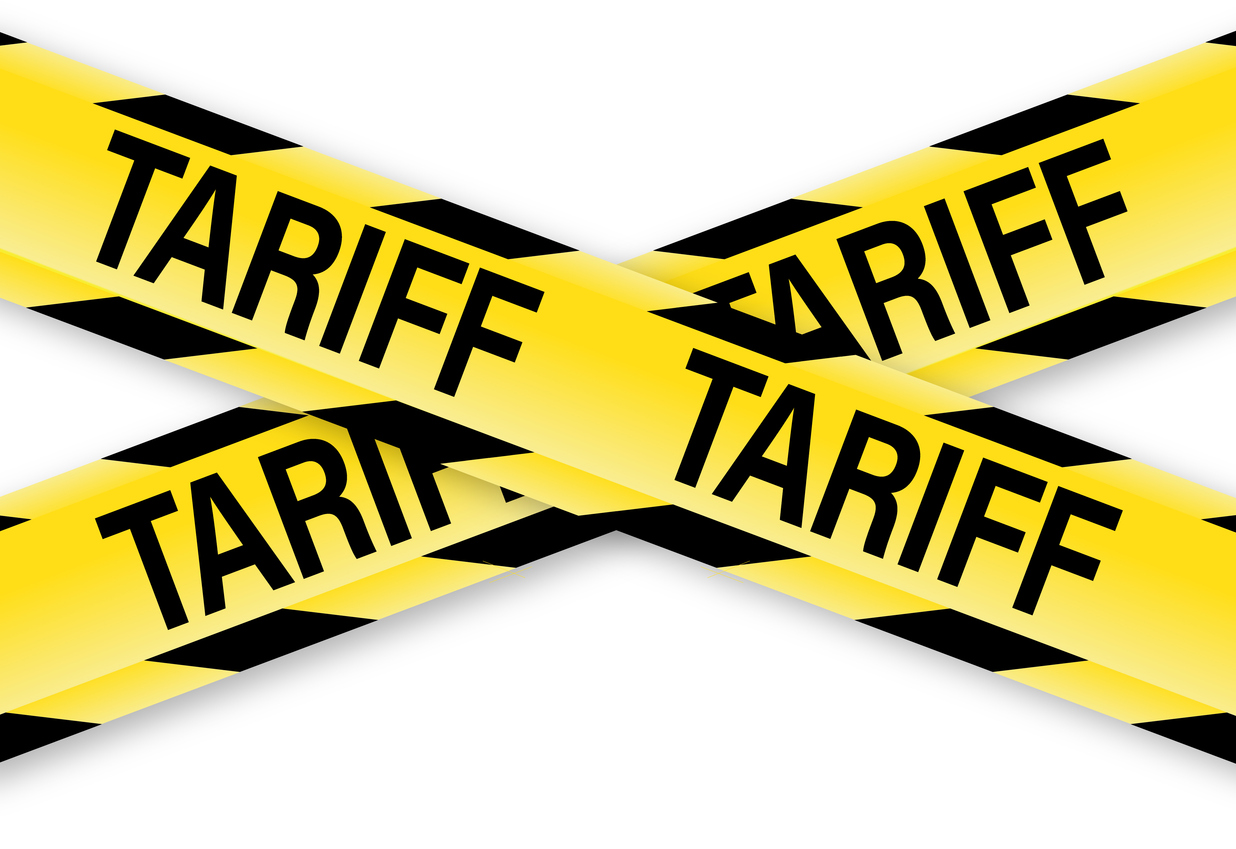On March 4, 2025, U.S. President Trump applied 25 percent tariffs on Canadian imports.

China and the United States have announced tariffs affecting certain Canadian exports.
Manitoba farmers rely heavily on foreign export markets and the announcement of tariffs from China and United States is very concerning for farmers. China and the United States represent the top two export markets for Manitoba agriculture. These tariffs affect millions of dollars of Manitoba agricultural products with producers already experiencing the effects of tariffs through lower commodity prices.
KAP will continue to work with agricultural groups across Canada and with government to advocate on the tariff issue.
Our news release on March 4 highlighted the tariff issue.
In previous communications with government, we have recommended various measures government should take to reduce the negative tariff effects. A few of the recommendations are below:
- Expedite permitting processes across all departments to facilitate the expansion of value-added production and processing;
- Work with other prairie provinces to leverage our shared interests and resources, including through engagement with individual key U.S. states identified by industry;
- Treat trucking companies that move agricultural production the same as individual farmers that move their production to market by removing the PST on fuel used with moving agricultural production to market;
- Continue and increase investments to align policies that will increase local demand and expanded value-added capacity (e.g. biofuels, animal processing, abattoirs);
- Continue and increase investments in global market expansion and diversification;
- Make improvements to business risk management programs (e.g. on AgriStability, adjust reference margin trigger for payments, increase compensation cap and rate, expedite payments, extend deadlines);
- Ensure revenues generated from any retaliatory tariffs are distributed appropriately amongst sectors and regions; and
- Ensuring farmers have adequate access to capital through pre-existing avenues, such as Farm Credit Canada and the Advance Payments Program, and increasing interest-free limits as needed.
